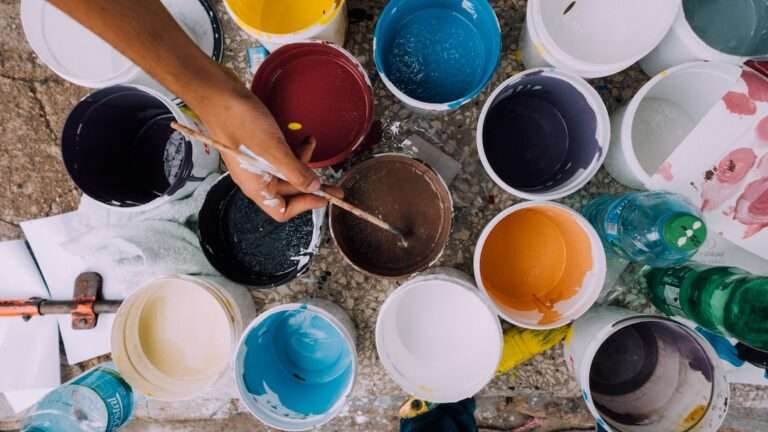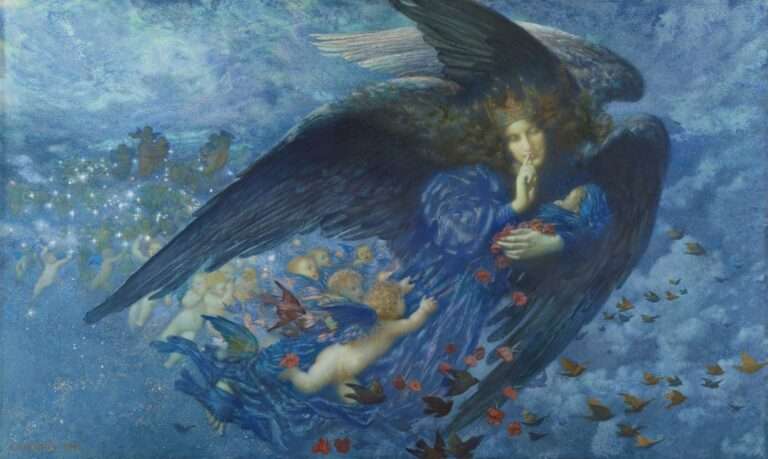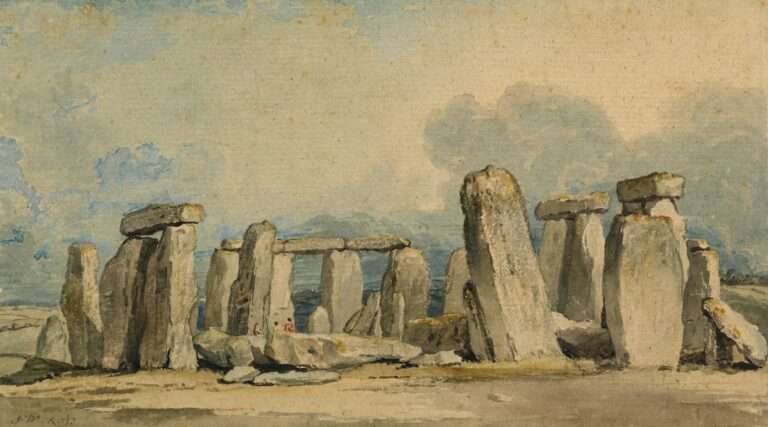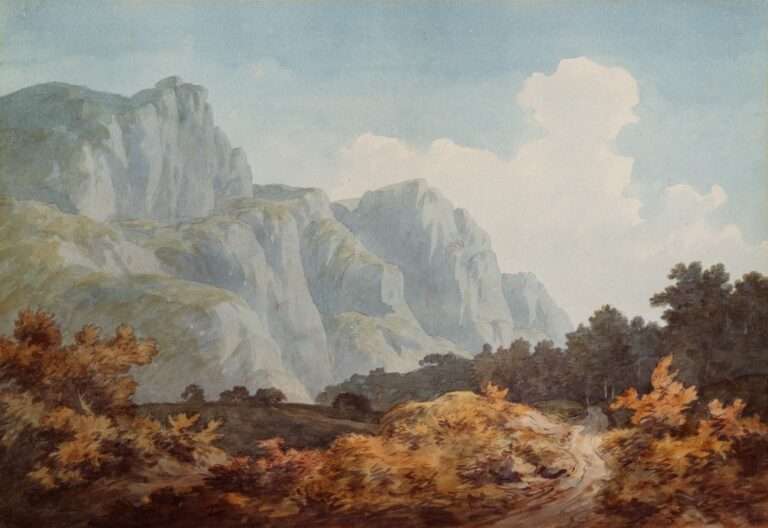Decoding the Mystical Symbolism of Egyptian Art

Ancient Egypt is known for its rich history and vibrant culture, and one of the most significant aspects of this civilization is its art. Egyptian art has captivated people for centuries with its intricate designs, vibrant colors, and symbolic representations. From the majestic pyramids to the detailed hieroglyphs, Egyptian art provides a window into the beliefs, values, and daily life of this ancient civilization.
Studying Egyptian art is crucial for understanding the history and culture of ancient Egypt. It allows us to gain insights into their religious beliefs, social structures, and artistic techniques. By examining the symbols, hieroglyphs, mythology, colors, animals, pharaohs, tombs, and temples depicted in Egyptian art, we can unravel the stories and meanings behind these ancient works of art.
The Significance of Symbolism in Egyptian Art: An Overview
Symbolism played a crucial role in Egyptian art. The ancient Egyptians used symbols to convey deeper meanings and messages in their artwork. These symbols were often associated with their religious beliefs and mythology. For example, the ankh symbol represented eternal life and was often depicted in the hands of gods and pharaohs.
Other common symbols in Egyptian art include the scarab beetle, which symbolized rebirth and regeneration; the Eye of Horus, which represented protection and good health; and the lotus flower, which symbolized rebirth and creation. These symbols were not only decorative but also carried profound meanings that were deeply ingrained in Egyptian culture.
Decoding the Hieroglyphs: A Key to Understanding Egyptian Art
Hieroglyphs were a system of writing used by the ancient Egyptians. They consisted of pictorial symbols that represented sounds or concepts. Hieroglyphs were an integral part of Egyptian art as they allowed for written communication and storytelling.
Decoding hieroglyphs is essential for understanding Egyptian art as it provides insights into the stories and messages depicted in the artwork. For example, the hieroglyphs found in the tomb of Tutankhamun provided valuable information about his life and reign as pharaoh. Without the ability to decipher hieroglyphs, much of the history and mythology of ancient Egypt would remain a mystery.
The Role of Mythology in Egyptian Art: Unraveling the Stories Behind the Symbols
Egyptian mythology played a significant role in shaping their art. The ancient Egyptians believed in a complex pantheon of gods and goddesses, each with their own unique powers and responsibilities. These gods and goddesses were often depicted in Egyptian art, along with scenes from mythological stories.
For example, the story of Osiris, Isis, and Horus was a popular myth depicted in Egyptian art. This myth tells the story of Osiris, the god of the afterlife, who was killed by his brother Set. His wife Isis resurrected him and gave birth to their son Horus, who avenged his father’s death. This myth was often depicted in funerary art, symbolizing the hope for eternal life after death.
The Use of Colors in Egyptian Art: Meaning and Symbolism
Colors played a significant role in Egyptian art and had specific meanings and symbolism. The ancient Egyptians used a limited palette of colors but used them strategically to convey different messages.
For example, the color blue was associated with the sky and represented divinity and protection. Green symbolized fertility and rebirth, while red represented life and vitality. Yellow and gold were associated with the sun god Ra and represented power and eternity.
By understanding the use of colors in Egyptian art, we can gain insights into the symbolic meanings behind these vibrant works of art.
The Importance of Animals in Egyptian Art: Understanding their Symbolic Significance
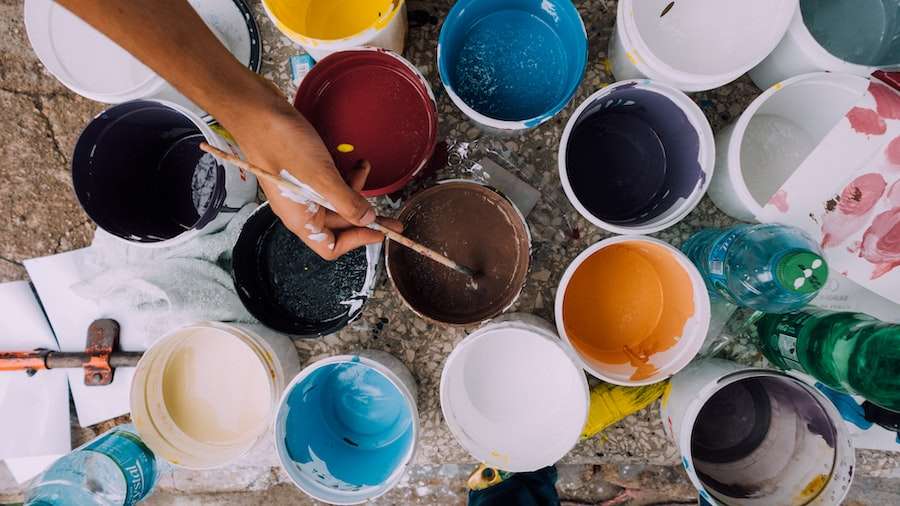
Animals held great significance in Egyptian culture and were often depicted in their art. Each animal had its own symbolic meaning and represented different qualities or attributes.
For example, the lion symbolized power and royalty, while the jackal represented death and the afterlife. The ibis was associated with wisdom and knowledge, while the cat was seen as a protector against evil spirits.
By studying the animals depicted in Egyptian art, we can gain a deeper understanding of their beliefs and values.
The Role of Pharaohs in Egyptian Art: Depictions of Power and Authority
Pharaohs were the rulers of ancient Egypt and held immense power and authority. They were often depicted in Egyptian art to showcase their divine status and to reinforce their position as the intermediaries between the gods and the people.
Pharaohs were depicted wearing elaborate headdresses, holding symbols of power such as the crook and flail, and often shown in larger scale than other figures to emphasize their importance. These depictions of pharaohs in Egyptian art provide valuable insights into the political and social structures of ancient Egypt.
The Significance of Tombs and Temples in Egyptian Art: Exploring the Sacred Spaces
Tombs and temples were sacred spaces in ancient Egypt and played a crucial role in their religious beliefs. These structures were often adorned with intricate artwork that depicted scenes from mythology, religious rituals, and daily life.
The tombs of pharaohs, such as the famous tomb of Tutankhamun, contained elaborate murals and hieroglyphs that provided insights into their beliefs about the afterlife. Temples, such as the Temple of Karnak or the Temple of Luxor, were dedicated to specific gods or goddesses and served as places of worship and pilgrimage.
By studying the tombs and temples depicted in Egyptian art, we can gain a deeper understanding of their religious practices and beliefs.
The Influence of Egyptian Art on Modern Culture: Tracing its Legacy
The art and symbols of ancient Egypt have had a profound influence on modern culture. From architecture to fashion, the legacy of Egyptian art can be seen in various aspects of our society.
For example, the use of hieroglyphs in modern design and typography is a direct influence of Egyptian art. The iconic image of the Eye of Horus is often used as a symbol of protection and is seen in jewelry, tattoos, and artwork. The fascination with ancient Egypt can also be seen in popular culture, with movies, books, and exhibitions dedicated to this ancient civilization.
The Enduring Legacy of Ancient Egyptian Art and Symbols
In conclusion, the study of Egyptian art is essential for understanding the history, culture, and beliefs of ancient Egypt. The symbols, hieroglyphs, mythology, colors, animals, pharaohs, tombs, and temples depicted in Egyptian art provide valuable insights into this ancient civilization.
The enduring legacy of ancient Egyptian art and symbols can be seen in modern culture, from the use of hieroglyphs in design to the fascination with ancient Egypt in popular culture. By studying and appreciating Egyptian art, we can gain a deeper understanding of our shared human history and the enduring power of artistic expression.
If you’re interested in exploring the symbolism behind Egyptian art, you may also find the article on the symbolism of the snake fascinating. Snakes have long been associated with various meanings and interpretations across different cultures, including ancient Egypt. To delve deeper into this intriguing topic, check out this article on the symbolism of a snake. Discover how snakes were depicted in Egyptian art and what they represented in their rich symbolism.
FAQs
What is Egyptian art symbolism?
Egyptian art symbolism refers to the use of various symbols and motifs in ancient Egyptian art to convey specific meanings and ideas.
What are some common symbols used in Egyptian art?
Some common symbols used in Egyptian art include the ankh, the scarab beetle, the Eye of Horus, the lotus flower, and the crook and flail.
What does the ankh symbolize in Egyptian art?
The ankh symbolizes life and immortality in Egyptian art. It is often depicted being held by gods and goddesses, as well as pharaohs.
What does the scarab beetle symbolize in Egyptian art?
The scarab beetle symbolizes rebirth and regeneration in Egyptian art. It was often used in funerary art and was believed to help the deceased in the afterlife.
What does the Eye of Horus symbolize in Egyptian art?
The Eye of Horus symbolizes protection and healing in Egyptian art. It was often used in amulets and other protective objects.
What does the lotus flower symbolize in Egyptian art?
The lotus flower symbolizes rebirth and creation in Egyptian art. It was often used in depictions of the creation myth and was associated with the god Atum.
What do the crook and flail symbolize in Egyptian art?
The crook and flail symbolize the pharaoh’s power and authority in Egyptian art. They were often depicted being held by the pharaoh and were associated with the god Osiris.

